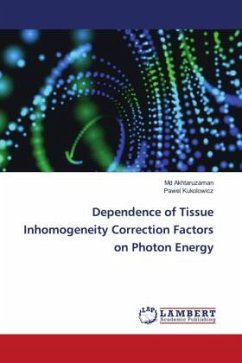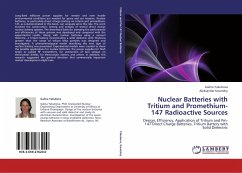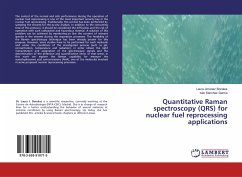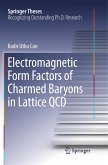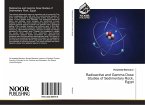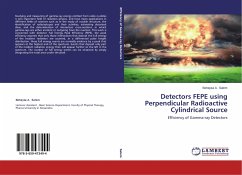Project Report from the year 1998 in the subject Physics - Nuclear Physics, Molecular Physics, Solid State Physics, grade: -, , language: English, abstract: Within the last years, a great deal of interest was focused on studies of environmental pollution, and particularly on the pollution levels near fertilisers plants, with the possible the consequences for the health of the population living in those areas. The preparation of the phosphate fertilisers, has the unfortunate potential for environmental pollution. This is due to the radioactive content of the phosphatic rocks used as prime matter for fertilisers. The radioactivity present in phosphate rocks is mainly caused by the daughter products of U-238. In fact, natural uranium can substitute for calcium in the phosphate rock structure and, over a period of time, accumulate in the phosphate reserves. The behaviour of U-238 and Ra-226 (the principal contributors of radioactivity in phosphate rock) could be interpreted as follows: Ra-226 is precipitated with the solid phase (phosphogypsum) as insoluble radium sulphate, while U-238 remains in the liquid phase, as a uranil complex. The presence of higher levels of radioactivity in superphosphate, which contains the radium associated with the original phosphate rock and precipitated as phosphogypsum has become a cause for environmental concern. The products and by-products of the phosphate industry contain various fractions of the uranium, radium and thorium originally present in the rock, depending on the manufacturing process. The present study is aimed towards identifying the source of pollution and the evaluation of the level of radioactive pollution of the environmental factors and the impact on the population in the area of the phosphatic fertilisers plant ROMFOSFOCHIM - Valea Calugareasca. The industrial activity in the Valea Calugareasca area started in 1902 by the creation of the Romanian Society of Chemical Products. The factory initially produced sulphuric acid, then started the production by-products of the sulphuric acid and fertilisers. After 1950, the factory diversified the production, producing in 1990 more than 10 different products, some of them vital for the Romanian economy. In the summer of 1997 the company ROMFOSFOCHIM was closed. To produce sulphuric and phosphoric acid, ROMFOSFOCHIM Valea Calugareasca imported from Morocco millions of tons of phosphatic rock (justified by economic reasons - due to the low cost) with a high radioactive content.
Hinweis: Dieser Artikel kann nur an eine deutsche Lieferadresse ausgeliefert werden.
Hinweis: Dieser Artikel kann nur an eine deutsche Lieferadresse ausgeliefert werden.


